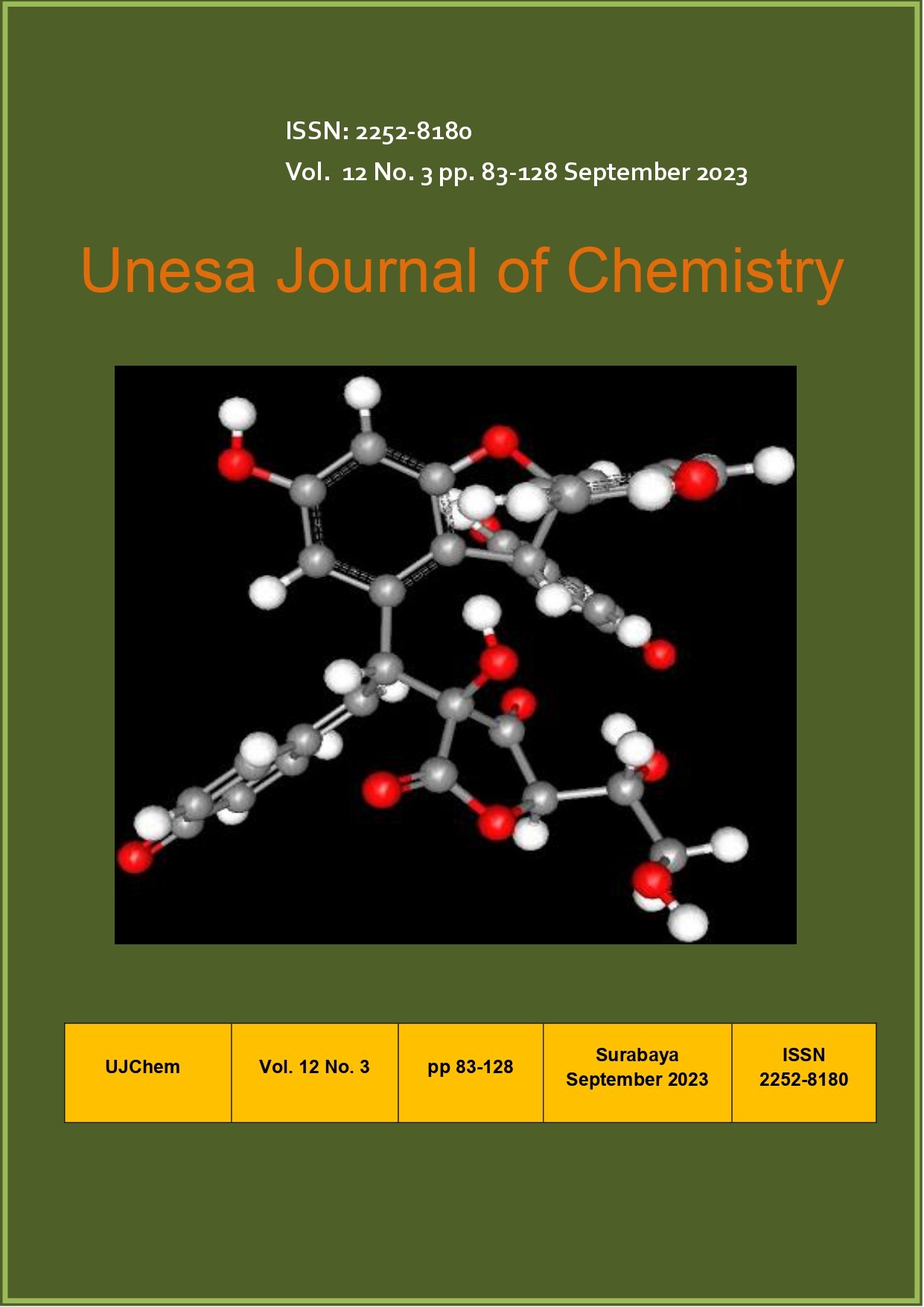ANALYSIS OF ETHANOL ADDITION ON THE FORMATION OF CATIONIC SURFACTANT MICELLES AND ITS IMPLICATION ON CESIUM DESORPTION FROM KAOLINITE
Main Article Content
Abstract
This research investigates the impact of adding ethanol to the preparation of cationic surfactant tetradecyltrimethylammonium bromide (TDAB) solutions on the formation of micelles and the efficiency of cesium ions (Cs) desorption from kaolinite surface. The results of the study demonstrate that an increase in TDAB concentration enhances Cs desorption efficiency, reaching a maximum desorption of approximately 84%, attributed to the significant positive charge of the formed micelles. However, the addition of ethanol results in smaller micelles with lower positive charges, consequently reducing the efficiency of Cs ion desorption. Furthermore, the addition of ethanol also raises the critical micelle concentration (CMC), indicating the potential for micelle formation at higher concentrations. The findings of this study offer crucial insights into understanding the complex interactions among surfactants, ethanol, and mineral surfaces, and their relevance in mineral ion recovery applications.

